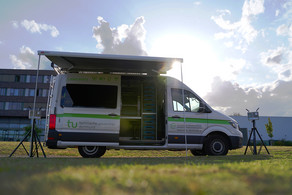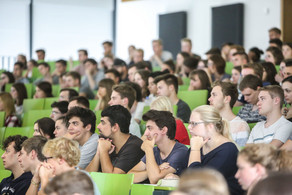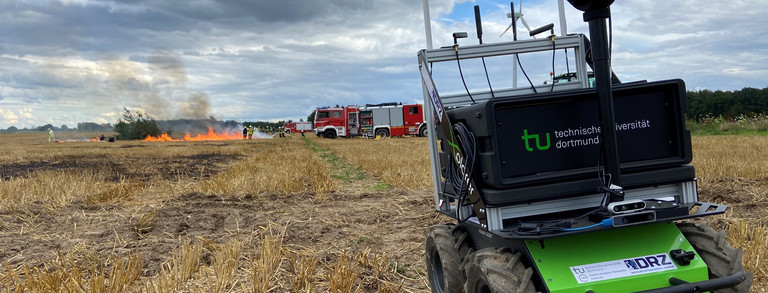CELIDON-PRO
Firefighters are often exposed to extreme conditions during operations. Orientation is particularly difficult when there is a lot of smoke inside buildings, which means that the firefighters can be separated from each other. CELIDON-PRO's primary goal is to prevent critical compressed air breathing apparatus accidents and other accident situations in several scenarios through providing the firefighters with a person-to-person wireless localization system, that features a heads-up-display (HUD) with relative locations of all team members using Augmented Reality (AR) technologies.
While the predecessor project CELIDON was the first to test two different localization systems based on UWB radio technology - an infrastructure-based and an ad-hoc variant - as part of the training of emergency services in realistic scenarios, the CELIDON-PRO project focuses on transferring the ad-hoc localization system to a practical state, that meets the requirements of rescue operations involving respiratory protection and coordination of operations under zero-visibility conditions. At this point, the focus is on the development of the ad-hoc localization system, which does not require any pre-installed radio infrastructure for operation and is therefore also viable for real operations. In addition to the more demanding collection of position data compared to infrastructure-based systems, the suitability of the system to be developed, consisting of a localization component and data goggles, must be tested with regard to realistic operating conditions.
As part of this project, the Communication Networks Institute is working on the further development and hardening of the wireless 360° localization for challenging real-life operating conditions, supports the implementation of intelligent pairing of ad-hoc localization components and augmented reality visualization, using an in-mask display, and develops benchmarks for performance evaluation and derivation of scenario-related recommendations for use.
Project duration: 01.05.2024 - 30.04.2026
The project is funded by the German Federal Ministry of Research, Technology and Space (BMFTR) under grant number 13N16887.







